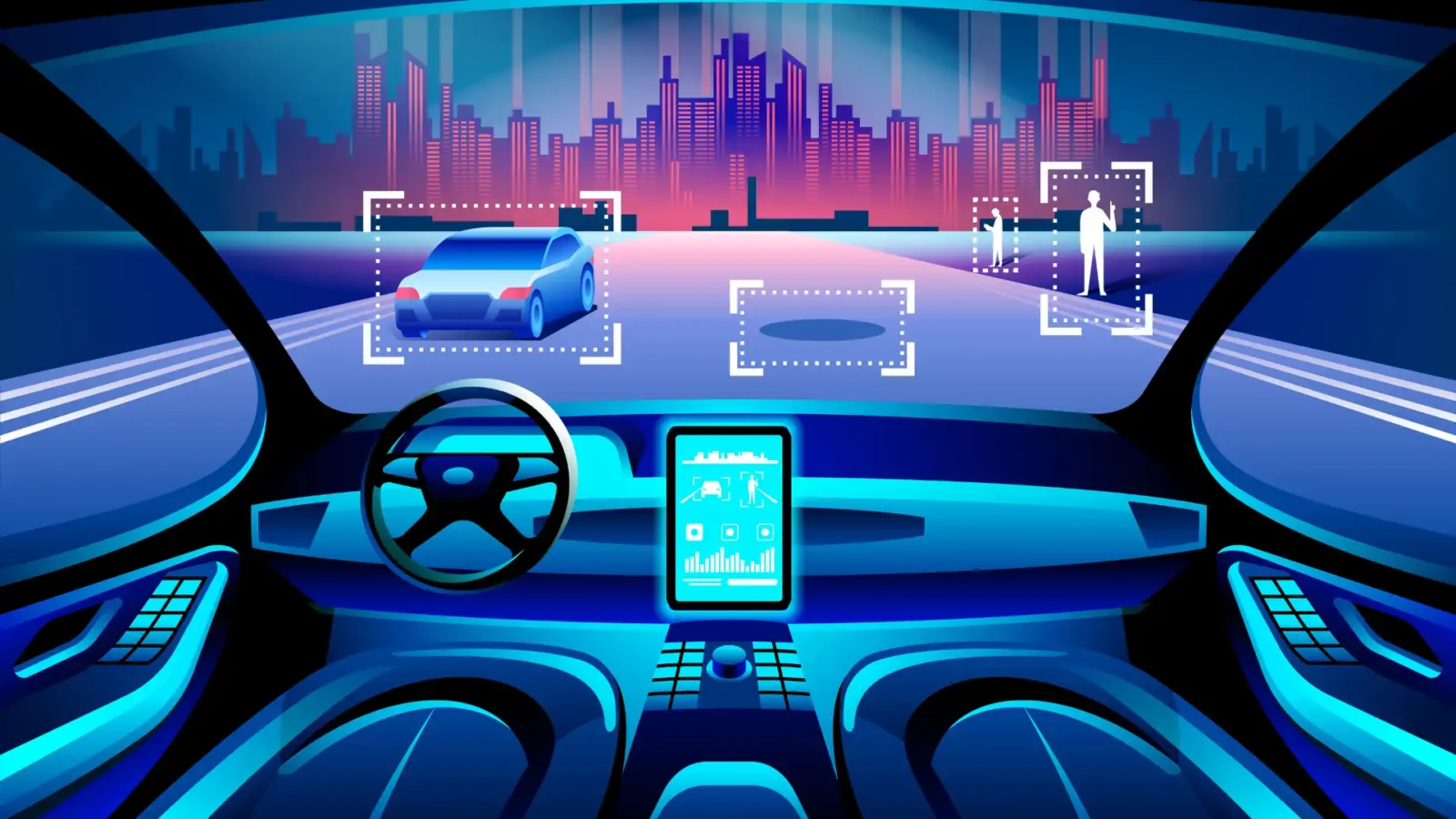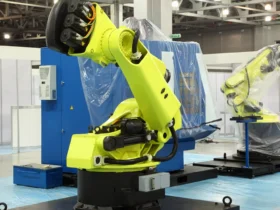Autonomous vehicles (AVs) are not quite as futuristic as they once were. These days, they’re a rapidly evolving reality driven largely by advancements in AI.
Come with us as we explore Autonomous vehicle AI technology, getting a gauge of how close we are to self-driving cars of our own and what roadblocks might be preventing it.
AI’s Role in Enhancing Autonomous Vehicle Safety
Perceiving the Environment with Computer Vision
AI makes autonomous vehicles safer by utilising computer vision technologies, which allows self-driving cars to “see” their surroundings through data from cameras and lidar (light detection and ranging). These systems can detect obstacles, pedestrians, traffic signs, and other vehicles, helping the car navigate safely.
Making Informed Decisions with Sensor Fusion
Sensor fusion is another key technology, combining data from multiple sensors like cameras, radars, and ultrasonic detectors to create a comprehensive view of the vehicle’s environment. By processing this data in real-time, AI helps the vehicle make informed decisions, such as predicting if a pedestrian is about to cross the road. Deep learning algorithms further enhance this process by identifying patterns and predicting potential hazards.
Ensuring Reliability Through Predictive Maintenance
AI also contributes to vehicle safety through predictive maintenance. By analysing patterns in vehicle performance, AI can predict when crucial parts, such as brakes or sensors, may fail. This proactive approach helps reduce the risk of accidents caused by equipment failure by addressing potential issues before they become critical.
AI-Powered Driver Assistance Systems
AI is already being used in driver-assistance systems like automatic emergency braking (AEB), lane-keeping assistance, and adaptive cruise control. These systems are powered by AI and represent stepping stones toward fully autonomous driving. By intervening in critical situations, AI helps prevent accidents, making driving safer even with human operators still in control.
Regulations for AI in Autonomous Vehicles
As autonomous vehicles continue to advance with the help of AI, the need for solid regulations becomes even more pressing. One big question is: if an AI-driven car gets into an accident, who’s responsible? Is it the manufacturer, the software provider, or even the passenger? Right now, the rules aren’t uniform, each country, and even individual states, have their own approach. For instance, California requires companies to disclose when a human driver has to take control, while Europe is working on regulations that ensure AI in cars complies with strict data privacy laws. Looking ahead, creating global standards and ethical guidelines will be key to maintaining transparency and fairness.
What Challenges Do Autonomous Vehicles Face?
While the future of cars driving themselves may seem closer than it’s ever been, there are still plenty of potholes that autonomous cars will need to navigate to reach their destination.
Tackling Edge Cases
A major obstacle for AI in autonomous driving is handling edge cases—those rare, unexpected scenarios that fall outside typical conditions. Navigating complex, dynamic environments like busy city streets or interpreting a traffic officer’s hand signals can challenge even the most advanced AI systems.
Overcoming Public Trust Issues
Public scepticism remains a hurdle, especially after high-profile incidents involving autonomous vehicles. Rebuilding trust will require consistent safety improvements and clear communication about the technology’s capabilities and limitations.
AI is the Driving Force Behind Autonomous Vehicles
The role of AI in autonomous vehicles is both exciting and complex. While the technology promises safer, more efficient transportation, the challenges must be addressed before AVs can become a part of everyday life. And AI is central to overcoming these challenges. As AI continues to evolve, so too will the capabilities of autonomous vehicles, bringing us closer to a future where cars truly drive themselves.








Leave a Reply